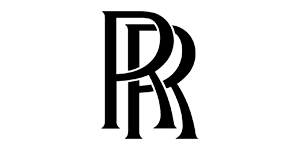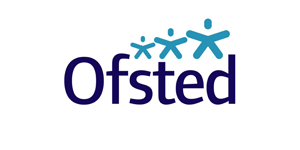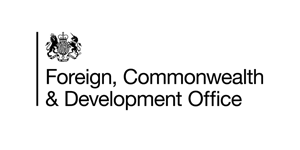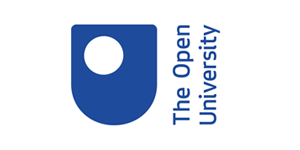Positive Psychology in Organisations

Positive psychology focuses on what makes life worth living, on how human beings can flourish and lead a fulfilling life. This evidence-based practice has been widely researched and successfully used by individuals, communities and organisations to increase wellbeing, resilience and achievement. Despite that, positive psychology may not be what naturally comes to the mind of those working in organisational development. But positive psychology principles and tools can be a powerful way to effect change and transformation in teams and organisations, potentially leading to a more engaged and satisfied workforce who can, in return, achieve more in their working lives.
Among the many useful principles and theories of positive psychology is the PERMA model. Created by Professor Martin Seligman – who started the positive psychology movement at the beginning of the century – PERMA posits that there are five contributing facets to human flourishing:
1. Positive Emotions (feeling joy, happiness, etc)
2. Engagement (attachment to and focus on something)
3. Relationships (positive connections to others)
4. Meaning (feeling valued and connected with something greater than the self)
5. Achievement (progressing towards goals, feeling accomplished)
Seligman is also at the forefront of research into character strengths and virtues, whose expression contributes to individual’s fulfilment, life satisfaction and wellbeing. In the work place, a strengths-based approach can improve staff morale and performance.
Whether working with teams, talent or leadership development, positive psychology can harness the power of individuals and teams, and can be used in coaching as well as organisational development programmes. Some of its applications are easy and straightforward; for example, a ‘PERMAlicious’ team or organisation would consider the following:
Positive emotions: how can we create ways to foster positive emotions in teams and individuals?
Engagement: how can we create more meaningful opportunities that draw on employees’ and teams’ strengths and interests?
Relationships: how can we promote more collaborations and interactions among teams and individuals across the organisation?
Meaning: how can we help teams to connect with the organisation’s purpose and encourage individuals to contribute beyond their own personal goals?
Achievement: how can we promote a culture of achievement and celebration?
Positive psychology is no silver bullet but, by building a positive organisation, we are creating working environments that are more resilient, healthy, creative and successful.
If you are a coach and would like to learn how you can use positive psychology to improve your practice take a look at this 1 day CPD course







